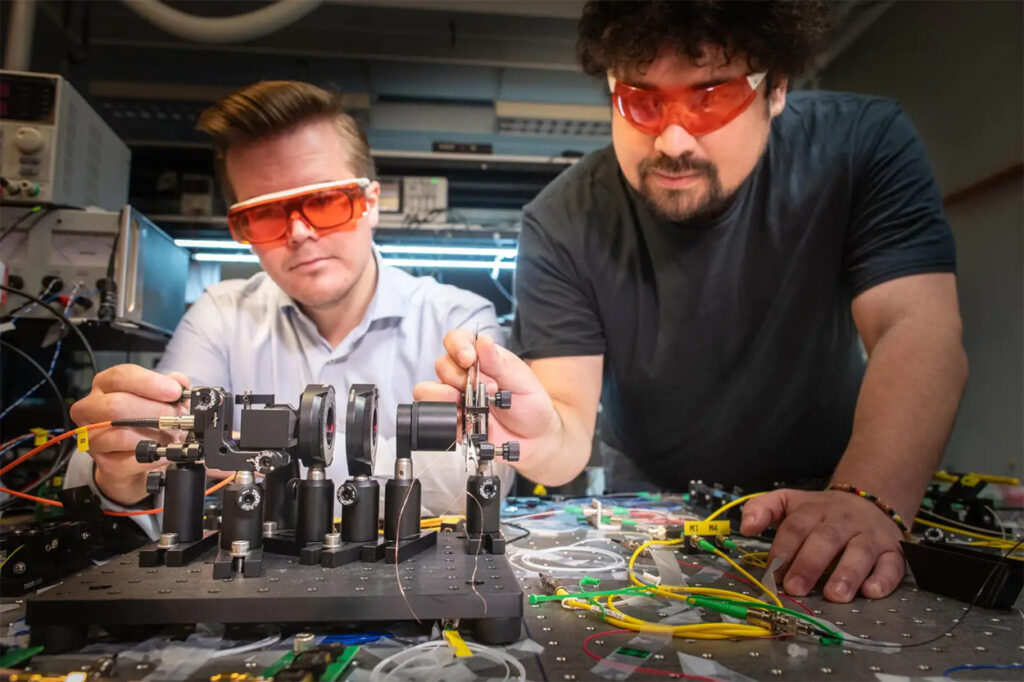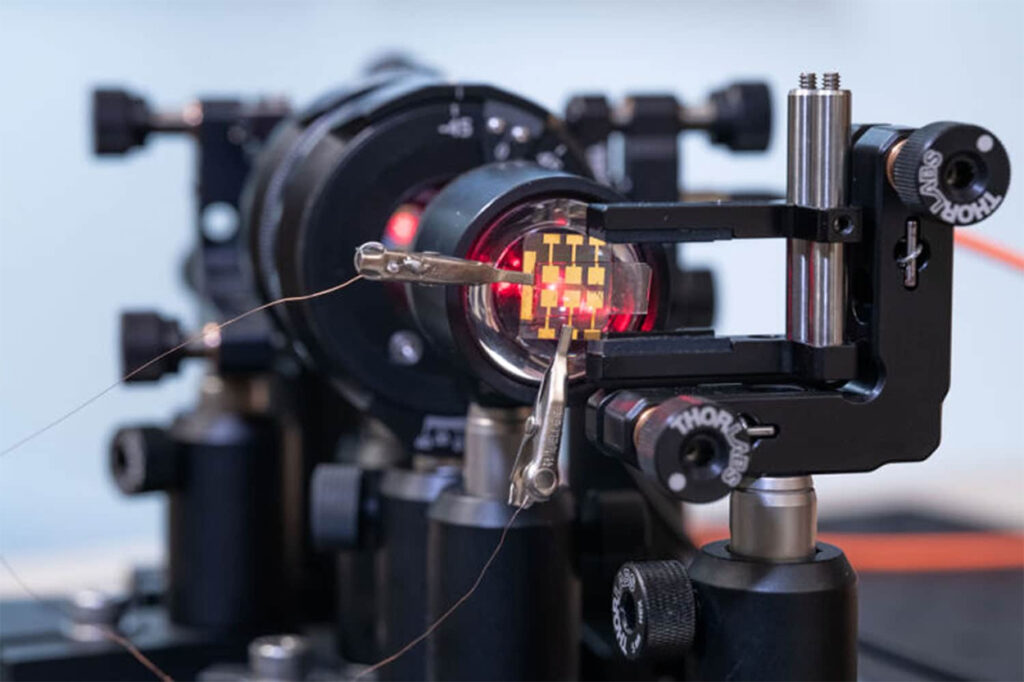A New Quantum Random Number Generator Can Make Cybersecurity Better

Technology’s advancement increases the need for cybersecurity because malicious entities are always in a race with data security providers. Cybersecurity is important to organizations, businesses, and individuals who want to protect their information. Digital encryption is one of the most employed methods for data security, which several companies and organizations use so your data will remain safe when you shop online, make online bill payments, manage your bank account, send emails, etc.
For traditional data encryption, companies and organizations use a computer program for random number generation. The sender sends encrypted data, while the receiver uses a random number generator to decrypt the data.
A new type of data encryption
According to a researcher from Sweden’s Linköping University’s Department of Electrical Engineering, Prof. Guilherme B. Xavier, their scientists have developed a new Quantum Random Number Generation (QRNG) device. He explained that while the numbers must be random in cryptography, it is likewise important that you are the only one who knows the random numbers and that these generated numbers are completely secure and private.
In their new device, the scientists used LEDs made from perovskite, a crystal-like calcium titanium oxide mineral typically found in Russia’s Ural Mountains. The mineral has unusual physical properties which can be applied to new devices. Its potential applications include uses in catalyst electrodes, sensors, spintronics, memory devices, lasers, solar cells, and specific types of fuel cells.

What makes the new QRNG different?
With the help of Perovskite, their QRNG is currently the best among the available similar devices. Due to the mineral’s characteristics, it performed better than existing goods and can be cheaper and more ecologically friendly.
As tech people know, different types of random number generators provide varying levels of randomness and security, and they can use computer programs to do the process. However, it is more secure to use hardware-based solutions because they depend on physical processes to create randomness. By using quantum phenomena in developing their QRNG, the Linköping University researchers took it a step further.
Their device provides random numbers and ensures that the generated numbers remain secure and private. The level of privacy certification makes it exceedingly difficult for eavesdroppers to decode or intercept the encrypted information without receiver detection. This could pave the way to a new age in quantum communication.
Revolutionizing applications
The new type of QRNG was developed through the collaboration of the researchers of Linköping University’s Department of Physics, Chemistry and Biology and the Department of Electrical Engineering. The device can be used for encryption, computer simulations, and betting. The new QRNG’s unique feature is light-emitting diodes (LEDs) made from perovskite.
Feng Gao, a professor from the Department of Physics, Chemistry and Biology has researched the mineral for over a decade. He believes producing LEDs using perovskite equates to having opportunities to revolutionize several things, including optical instruments.
Using perovskite in their new technology makes the production cost lower than lasers. Thus, when perovskite LEDs (PeLEDs) are used in consumer electronics, they will minimize the production cost, make the product environmentally friendly, and reduce energy consumption.
Further developments
The scientists have already established that the new QRNG device using perovskite LEDs is promising. However, they still need to refine the mineral. They must eliminate lead from it and extend its lifespan. Right now, it can last for 22 days. They are optimistic that the cybersecurity industry can use the QRNG within five years.